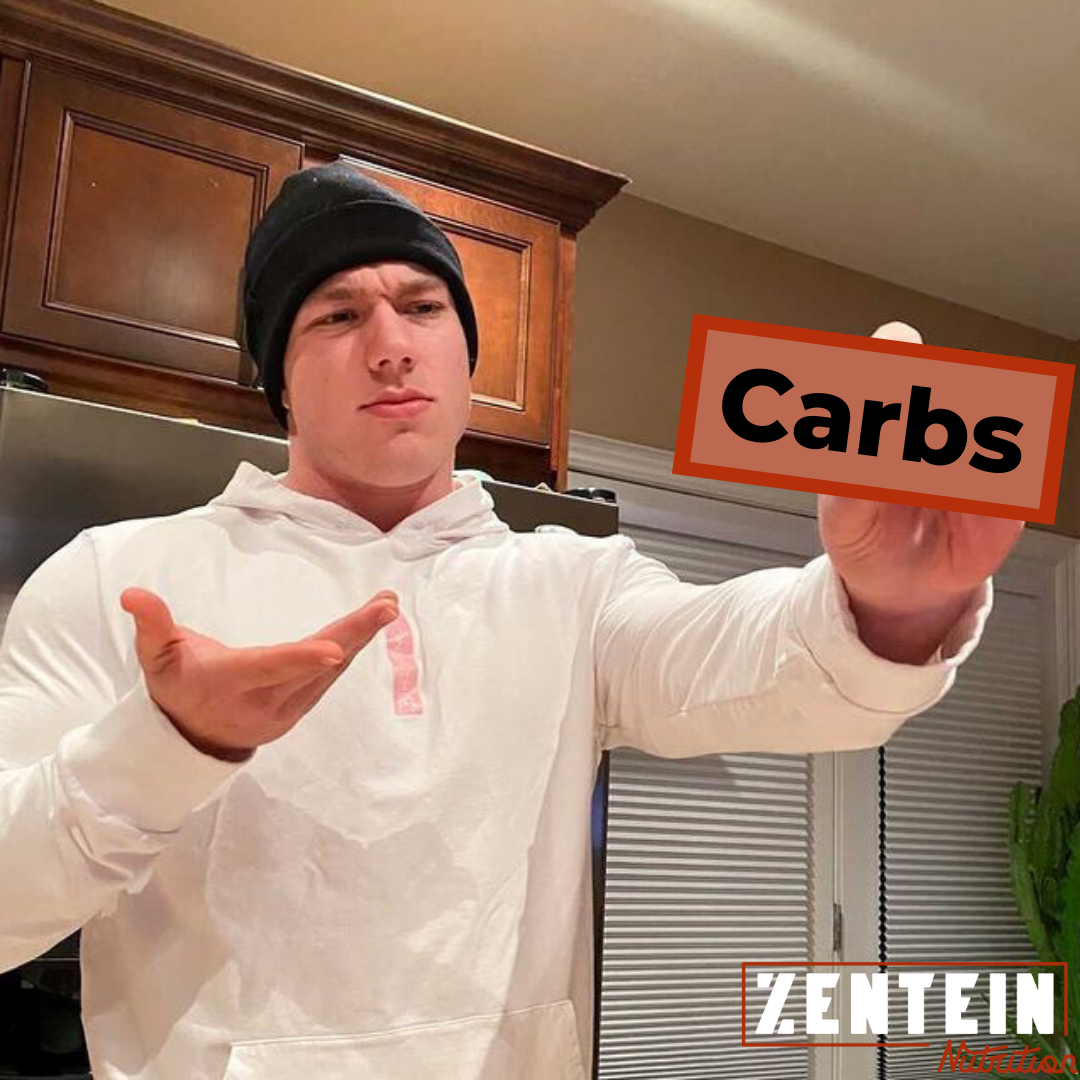
What are Carbohydrates? Quick 3 Minute Refresher
#carbs #quickread

Whether it’s Wednesday, the start of your weekend, or even January 1st when your energy for your resolutions and goals are most likely to be at full power, it’s hard to compile a wholesome nutritious meal that has all of the components which can adequately support your body physically and mentally.
Even when given all the time in the world and a pantry full of ingredients, making a well rounded meal is hard. Of course, there are the categories that do know how to make delicious and nutritious meals: the grandmas, the seasoned moms, the chefs, the meal preppers, the athletes, and the foodies. However, the members of these groups have years of experience in the kitchen and knowledge of ingredients and food science driven by a strong desire or need. The meals and preparation doesn’t become easier in their act, the chefs just become better adapted and versed in the ways through practice and experience.
We’re here to provide you with some quick refreshers or insights about key meal and nutrient components that could be useful to have in writing. You may have realized or known a lot of these concepts but it always helps to solidify and refresh your understanding so you can readily draw upon these insights when designing your next meal for taste and nutrition.
We’ll start the series off by breaking down the carbohydrate.
The Carbohydrate
Carbohydrates (or carbs for short) are often deemed as a scary word and are associated with fat inducing donuts or bread. However, carbs are simply a source of energy for our body that is consumed through food. Put simply, carbohydrates are made up of sugar molecules. As these sugar molecules link together, they form bigger and more complicated structures that we call starches and fibres. The bigger these sugar linkages get, the longer it takes for our body to break them down to access their energy. Some of these structures are so big and complex that our body does not produce the right enzymes to break them down. These carbohydrates are called fibre.
Fibre does not contain any energy that we can extract because we cannot digest them. However, there are many benefits of fibre such as providing satiety, maintaining regular bowel movement, maintaining healthy colon function, and it is integral to feeding your gut’s microbiome that aids in digestion, lowering inflammation, and more.
We can refer to carbohydrates as either simple carbohydrates (the ones that are easy for our body to break down: honey, sugar, fruits) or complex carbohydrates (the more complex molecules that consist of starches and fibre found in oats, rice, whole grains).
Carbohydrates are often associated with the foundation of the meal. By that, we mean the component that soaks up or carries the flavour, complements the proteins and fats, and that is often the most voluminous on your plate. This includes rice, mashed potatoes, pastas, noodles, buns but also salads as well. Not often the highlight of the show unless made so specifically to be.
The carbohydrate source is important because this source can provide energy and satiety. Complex carbohydrates like oatmeal and whole grains take longer to digest and as such, will provide your body with a longer and more constant supply of energy as compared to simple carbohydrates like sugars found in fruits and desserts, which are easily digested and will provide instant and rapidly available energy that comes with a crash. However, these dynamics can be paired by mixing complex and simple carbohydrate sources together in a meal. The complex carbohydrates helps prevent the crash, and also lower the magnitude of the spike caused by the easily digested simple carbs.
The glycemic index (GI) is a method of rating foods based on their effects in increasing blood glucose levels over a period of time after ingestion. The GI uses glucose as the reference with the highest score of 100. The lower the GI, the less of an effect it has on raising blood glucose over time, which is indicative of the complexity of the carbohydrate molecules present in the food.
The term “empty carb” refers to carbohydrates that don’t provide anything to your body but calories. These empty carbs are often sugars or white breads, which contain almost nothing but calories from these carbs. Our body needs calories but we can attain them from so many better sources that contain additional benefits like fibre, minerals, or vitamins as well.
Check out our recipe on a high protein collagen banana bread for a healthy way to fill up on some whole grains and protein!

